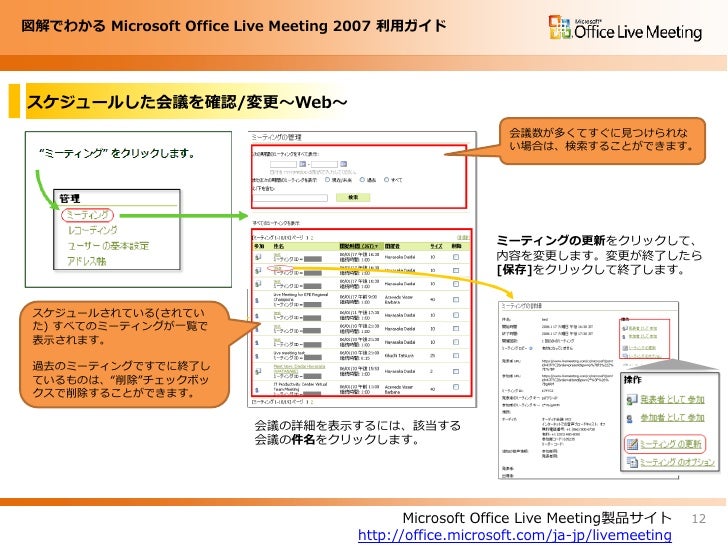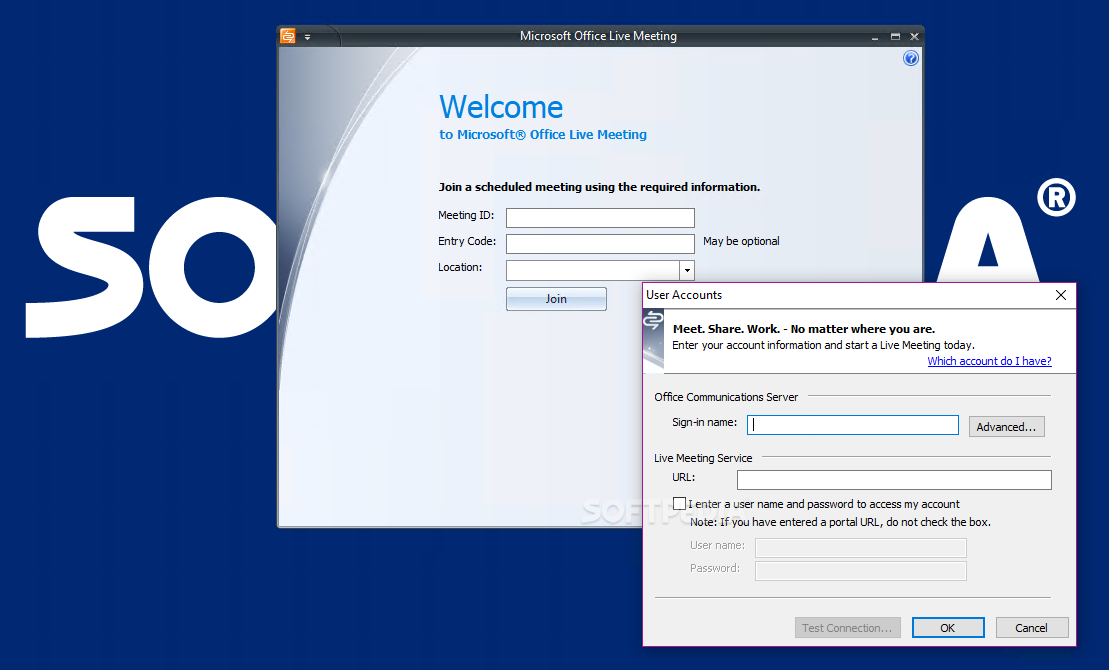

The following table lists training available to the end users in your organization: TrainingĪ quick training video for users who are new to Teams meetings.Īrticle that describes how to schedule different types of meetings.Ī free instructor-led class about how to make meetings more engaging, productive, and meaningful.Ĭhange participant settings for a Teams meeting Use real-time telemetry to troubleshoot poor meeting qualityĭescribes how to use Real-Time Analytics (RTA) to troubleshoot poor Microsoft Teams meeting quality for individual users. The following table highlights key articles that you'll want to review: Articleĭescribes how to configure meetings settings for anonymous users, meeting invitations, and media traffic.ĭescribes how to create and manage the policies that determine which features are available to meeting participants.ĭescribes how to manage meeting recordings.ĭescribes how to manage your organization's devices, such as phones and Teams Rooms. For more information about how end users schedule meetings, see Schedule a meeting.įor information about the view-only meeting experience, see Teams view-only meeting experience. Channel meetings are a way to quickly invite everyone in a team to a meeting. With channel meetings, everybody in a team can see there is a meeting, join the meeting, and use the meeting chat. In addition to regularly scheduled meetings, your users can create channel meetings. They can join directly from the calendar invitation via the Join meeting link or call in via audio if available.Īs the administrator, you'll configure meeting settings and control which meeting features are enabled for your organization by specifying meeting policies. Participants don't need to be a member of an organization (or have a Teams account) to join a Teams meeting.

Meetings in Teams include audio, video, and screen sharing for up to 1,000 people and view-only capabilities for participants over 1,000. For more information, see Use NDI® technology in Microsoft Teams. Note that NDI is fully supported in meetings, webinars, and live events, allowing you to produce the broadcast by using tools such as OBS and Wirecast. Note that events over 20,000 attendees require the Live Events Assistance Program. For more information, see Live events across Microsoft 365.

You can schedule even greater numbers with live events in Yammer and/or Microsoft Stream. Supports more advanced production capabilities. Can specify producers and presenters, including external presenters. Participants up to 1,000 have fully interactive capabilities. Increased limits with View-only capabilities coming soon. Participants over 1,000 up to 20,000 have View-only capabilities. Participants up to 1,000 have fully interactive equal meeting capabilities. This article also includes a section on best practices for large meetings. Sections with more information about each type of meeting follow the table. The following table summarizes the three types of meetings, the number of recommended participants, and how participants can interact in the meeting. The different types of meetings also have different participant limits and participant capabilities. Webinars provide two-way interaction while live events provide a managed Q&A experience. Meetings, webinars, and live events are all types of meetings, but webinars and live events provide additional control for the organizer over the conversation and participants. For details about quickly configuring Teams meetings and events on different platforms, see Teams features by platform.


 0 kommentar(er)
0 kommentar(er)
